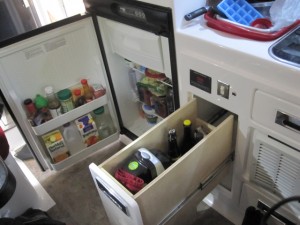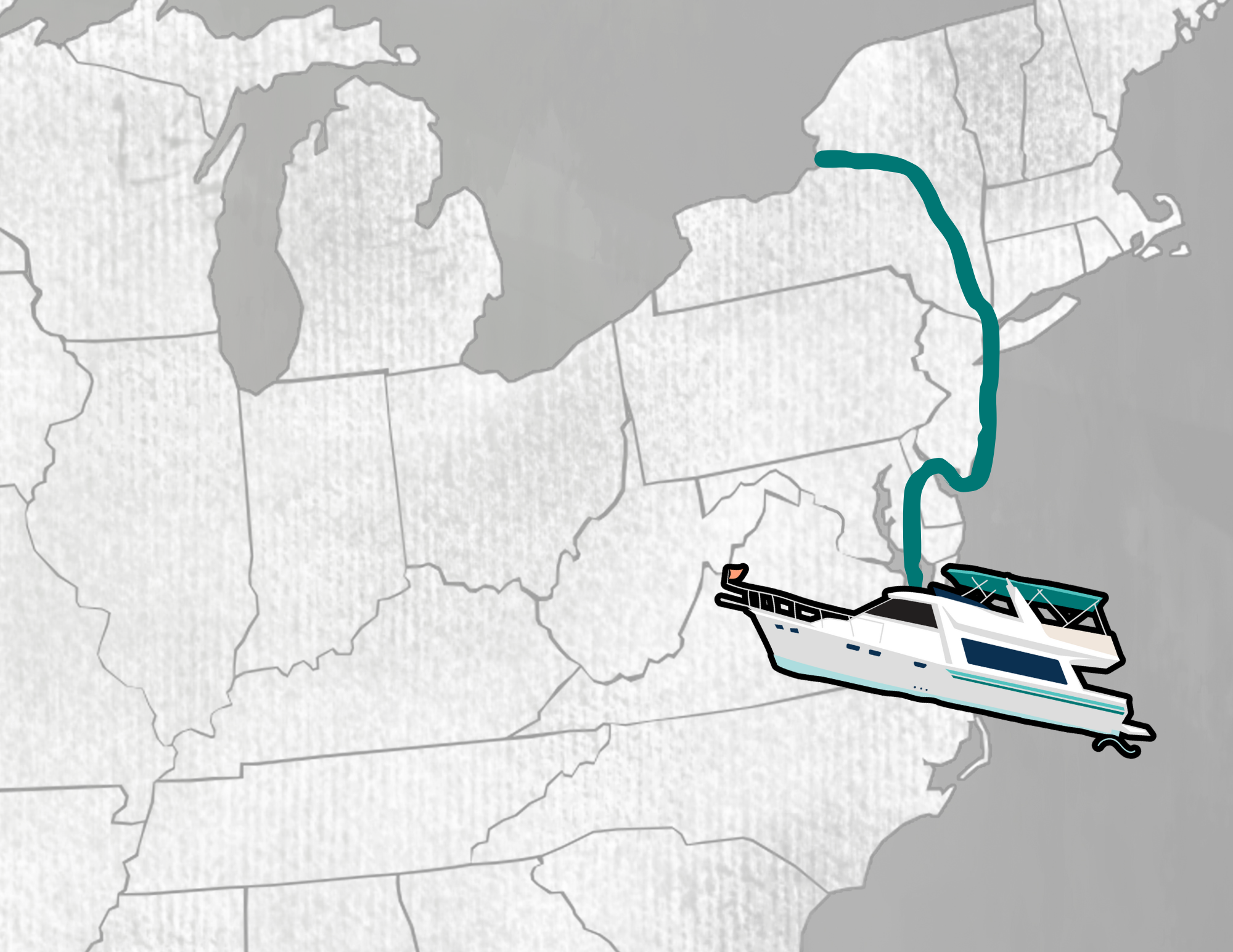
 Breaking free from the templates of conventional living usually involves tradeoffs.
Breaking free from the templates of conventional living usually involves tradeoffs.
In particular, pursuing a life of travel often comes with compromise. While living without a fixed address has many advantages, perpetually living on the road can be draining. For a taste of location independent freedom, you end up trading away the security of a fixed home, a known place to work, and more. Even the most hardcore traveler will eventually end up craving a night in his or her own bed.
But what if, despite the proverb.. you could take it with you?
For the past three years we have been doing exactly that. Our home has wheels.
We have found that living in an RV has enabled us to embrace a fully technomadic lifestyle without compromising the freedom that comes from mobility, and without giving up the comforts of home.
We are never dependent upon expensive hotels, the uncertainty of couches or hostels, the fear of overstaying as a guest, or the lock-in of long-term rentals.
In our small geeked out and solar powered travel trailer, we can come to town for a day, or for months. We can stay in a driveway, or in the deep wilderness. And when we visit friends, we are temporary neighbors, not guests.
A few more of the advantages that help make it sustainable:
- Never Needing To Pack. Having your entire closet always with you means that you never need to play guessing games trying to figure out how to pack for the weather. We travel with a well thought out wardrobe, stocked kitchen, bathroom, bed, office, all our technology and more – and we also have room to bring along an airplane (powered paraglider), bikes, rollerblades, an inflatable kayak and other fun things. Living in a small RV combines radical life simplification with still having everything you want within arm’s reach.

- Location Flexibility. We’re able to check out new cities and towns without having to make a commitment or sign a lease, and very often we can even stay places for free by camping on public lands or with friends and family. If we find we don’t like our neighborhood, we can literally hitch up and leave to find someplace better. And because we have solar power and sizable water and waste tanks, we are not even tied to the constraints of public utilities.
- Logistically Proven. Many of the logistical hurdles to living on the road full time in an RV have already been well pioneered by the sizable full time RVing retiree crowd. There are RV parks across the nation, mail forwarding services in many states, communities of other RV’ers, mobile volunteer opportunities, and even “workamping” jobs to help fund life on the road. (BTW – A great community of younger non-retiree RVers who are shaking the RVing template is NuRVers (link: http://www.nurvers.com).
- Variety of Experiences. We enjoy a life rich with variety – from urban stealth camping in the heart of major cities to scenic boondocking deep in a national forest. All the while we remain connected to friends, family, and clients via cellular internet.
- Incredibly Affordable. As long as you are willing to give up the cost of maintaining a “home base” somewhere, the RV’ing lifestyle can be incredibly affordable. In 2009, we spent less than $15,000 between the two of us for our 13,000 miles of travels across the country. This includes all of our fuel, camping fees, insurance, and cellular / internet service.
 Of course, traveling by RV does have some limitations. The biggest constraint being where you can physically drive your rig. For right now, we have been focusing on exploring the vastness of North America. But if you want a more global experience, you can ship your RV overseas, or buy / rent one on your next continent. And you can always park your home for a few months, grab a backpack, and hit a country or two that way.
Of course, traveling by RV does have some limitations. The biggest constraint being where you can physically drive your rig. For right now, we have been focusing on exploring the vastness of North America. But if you want a more global experience, you can ship your RV overseas, or buy / rent one on your next continent. And you can always park your home for a few months, grab a backpack, and hit a country or two that way.
All and all, we’ve found RV’ing to be an incredibly sustainable foundation for long term truly mobile lifestyle. It meets our desires for wanderlust, community and affordability. After three years of full time travel with no other home base, we feel we’re just getting started in our nomadic explorations.
We consider nomading with your house as the best of all worlds – we get to travel without ever needing to leave home.
Indeed, you can take it with you after all.
Header panolloge image courtesy of Ben Willmore.


What sizes are your fresh and holding tanks? How long can you make them last? I am considering down sizing to an 18′ trailer from a 30′ ClassA with 2 slides. I want the extra mobility of a small trailer and the expense of 1 engine/drivetrain. Have been towing a chevy van. The classA has a 75gallon fresh and a 35gallon grey and a 35gallon black tank. I know how to conserve water by using paper plates and taking navy showers. With my current tanks I can last 1 week. I am looking forward and planning on going fulltime in 3 years. yippee!!
Love your website.
Chip
I believe this article we wrote about our water conservation methods will answer all of your questions:
https://www.technomadia.com/resources/water-conservation/
Enjoy! And thanks for reading along!
– Cherie
Hi guys,
What perfect timing for this post! We just came to an agreement on a 23′ class c with a seller out in California. We’ll be joining the ranks of the young fulltimers come late July when we’re back from some traveling. Looking forward to being part of the club!
-Jay
.-= Jay Horowitz – OurTakeOnFreedom´s last blog ..Okay, Deep Breath… We Have An RV =-.
Awesome.. congrats on the new rig!! Hopefully we’ll be seeing you and it at Burning Man in just a few short months.
I think its neat how you guys live on the road. Looking forward to reading more
Excellent points, Cherie! All those apply to cruising boats as well – the full life-support system that’s always with you makes open-ended wandering much easier than the substrates that have more of a traditional “adventure patina.” I don’t like the mode-change headaches of packing and unpacking… but it’s not necessary when your home is right there with you.
Cheers from Nomadness, and looking forward to a sail with you two!
Steve
.-= Steve Roberts´s last blog ..The Tools of Extraction =-.
Great article Cherie! We’ve enjoyed following your travels, as you open the door for others to realize full-timing is definitely a feasible option.
I’m intrigued by your powered paraglider. Where do you store it, and where do you store the inflatable kayak? We tried the inflatable 2 person route in the past, but found it took up far too much room inside the truck camper and opted for the Daggers on the roof instead.
.-= Susan´s last blog ..Quick tip for cell phones in remote areas =-.
Thank you Susan
The paramotor is kept in the campershell of our truck (we no longer have the Jeep pictured in the header – but even when we did, a lot of the Jeep’s space was dedicated to the airplane). The yet-to-be-procurred inflatable kayak will also go back there.